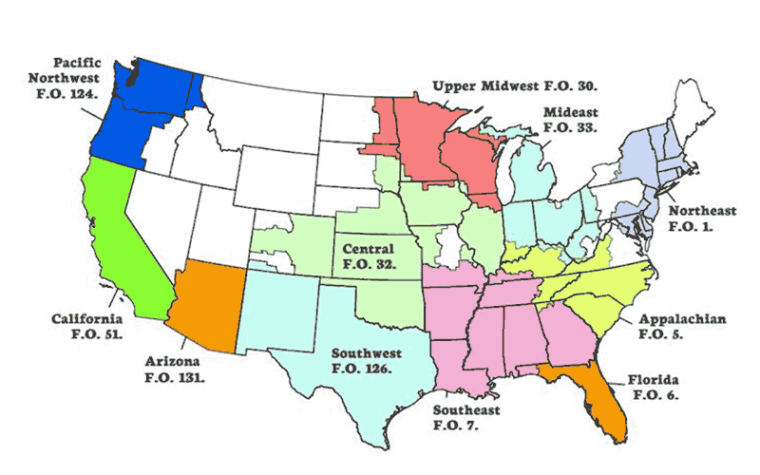Writer
Julie HarkerCOLUMBIA, Mo. – A new policy brief by the University of Missouri Rural and Farm Finance Policy Analysis Center (RaFF) weighs in on changes to the Federal Milk Marketing Orders (FMMOs).
The authors of the brief say the changes represent a comprehensive update and will affect prices. The new rules went into effect June 1 and will be fully implemented by Dec. 1, 2025. The previous update was in 2018.
“These changes aim to modernize how minimum milk prices are calculated and better align them with current processing costs and market dynamics,” said Adauto Rocha Jr., MU Extension agricultural business and policy specialist.
Overseen by the USDA Agricultural Marketing Service, the Federal Milk Marketing Order program regulates the dairy industry, especially the marketing of fluid milk. It establishes minimum prices dairy processors must pay farmers for their milk and ensures a stable supply of milk for consumers.
RaFF issues briefs to inform stakeholders, including producers, consumers and policymakers.
Key takeaways
• Increased make allowances for dairy products, which may reduce minimum prices paid to farmers but improve processors’ ability to recover costs.
• Increased skim milk composition factors for protein, nonfat solids and other solids, which partially offset the decrease in minimum prices caused by the make allowance changes.
• Removal of 500-pound barrel cheddar cheese prices from the Dairy Product Mandatory Reporting Program survey and from the component pricing formulas; this may slightly increase component prices.
• Return of the “higher of” formula for the Base Class I Skim Milk price, which could strengthen alignment between Class I prices and current commodity market signals.
• New location differentials that contribute to higher Class I milk prices in many regions.
• Introduction of Extended Shelf Life (ESL) milk pricing, helping clarify market rules for this segment.
“These amendments are likely to impact minimum milk prices across FMMO regions,” said Rocha. “Our simulations suggest that while some areas may see slightly lower uniform prices, others — especially where utilization is more weighted toward Class I, such as in the Southeast Order, which covers parts of southern Missouri — could benefit.”
The policy brief provides a detailed description of the six amendments that will change how milk prices are determined under FMMOs.
Access the brief: “Imminent Changes to the Federal Milk Marketing Orders Will Affect Milk Prices.”
